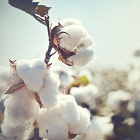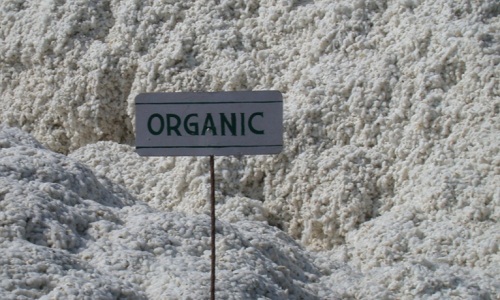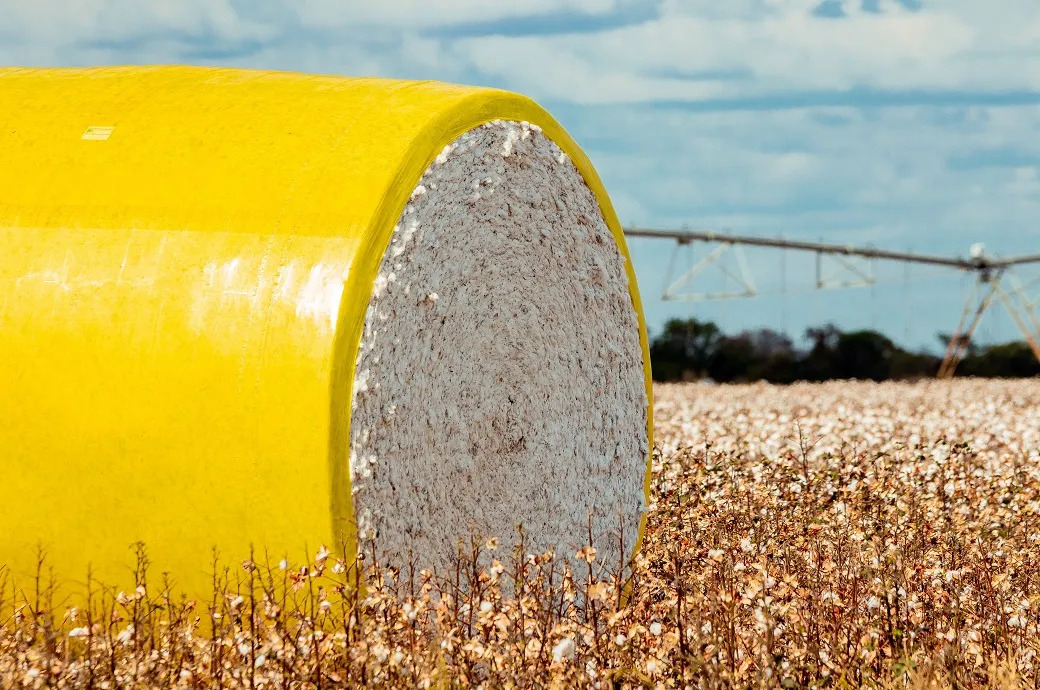"It’s the era of sustainability which is commanding across industries. Textiles industry of late has been under tremendous pressure to adopt sustainable practices while staying true to the touch, the feel, the fabric of our lives as a natural, biodegradable fibre. While synthetic fibres are not a solution owing to their contaminating properties, it’s the most favoured fibre – cotton – which has come into the limelight. Going organic seems to be a far-sight owing to the fear of increasing price and demand supply mismatch."

It’s the era of sustainability which is commanding across industries. Textiles industry of late has been under tremendous pressure to adopt sustainable practices while staying true to the touch, the feel, the fabric of our lives as a natural, biodegradable fibre. While synthetic fibres are not a solution owing to their contaminating properties, it’s the most favoured fibre – cotton – which has come into the limelight. Going organic seems to be a far-sight owing to the fear of increasing price and demand supply mismatch.
Gauging sustainability quotient

After receiving complaints about off-gassing from cotton T-shirts, Patagonia moved to 100-per cent organic cotton two decades back. Organic cotton finds most use in lifestyle wear owing to the cost factor, while technical clothing manufacturers make use of other fabrics. On the eco-friendly expanse, Patagonia says they can make better products with smarter, better materials. Trade analysts have conflicting views on sustainability quotient of cotton. Some see it as a high-pesticide user — a ‘dirty’ crop — and a water hog, while Cotton Incorporated’s Senior Public Relations Director James Pruden, highlighted that cotton industry buys only 5.7 per cent of pesticides globally.
Cotton Incorporated has a conflicting view on the organic cotton production. According to the firm, owing the firm labeling requirements, India, the leading producer of organic cotton, disqualified 500,000 bales of cotton. The production level hasn’t gone up in the last six years from about half a million bales a year. While Textile Exchange says brands are being careful with their growth targets around organic and working hard to build supply. Demand is growing, companies need to be incentivised and encouraged to enhance supply.
Textile Exchange predicts with acres expected to soon come online as certified organic, the future looks rosier. Research is going on to examine the reason for high prices of organic cotton whether it is logistical expense or anything else because for farmers, production of both types of cotton hold the same cost. Prana, owned by Columbia Sportswear, recently got a nod from the Textile Exchange as an eco-pioneer for pursuing this deep green option.
Cotton 2.0
Brands, manufacturers and farmers are collaborating to enhance use of organic cotton. The Organic Cotton Accelerator, a coalition of big brands like H&M, focusses on increasing access to quality organic cotton seeds and tightening the supply chain. The Chetna Coalition, for smaller brands, is working on improving efficiencies and incentives for organic cotton farmers. Adopting the right business model holds the key for organic cotton promotion and strategic investments in the same will reap benefits.
Meanwhile Analysts at Cotton Inc are fighting the battle for maintaining the status of cotton as an eco-friendly fibre. They feel, incorporating right technology and innovative techniques will go a long way in sustaining cotton’s inherent properties. In this context, the recently invented Storm Cotton is said to dry 40 per cent faster than untreated cotton. Wicking Windows draws moisture away from the body to evaporate. TransDRY blends cotton yarns are treated to be water repellent with absorbent cotton yarns for 50 per cent faster drying than untreated cotton.
And there are synthetic alternatives…
Synthetics manufacturers try to continue hanging on to those high-exertion consumers — the ones not worried about cotton carrying their business away because overheating is more of a concern — with new technologies designed to keep wearers cool while borrowing cotton’s advantages. Companies claim that they know techniques to minimise heat loss, provide insulation, keep people dry and warm. The ingredient brand launched Polartec Delta that blends cotton-similar hydrophilic yarns that allow for some moisture retention on the skin with hydrophobic yarns to encourage evaporative heat loss, thereby keeping the wearers cooler in hot weather or high exertion activities. The commercial production of the same is expected to start from 2017.
Columbia’s Omni-Freeze Zero fabric was the first company to adopt a similar technique in its summer wear. And recently Concept III partnered with Coolcore, a chemical-free fabric technology that mixes wicking, moisture transportation and controlled evaporation to keep the fabric cooler than skin surface temperature. Ultimately, the brands will have to do the balancing act on the performance, price and sustainability.












